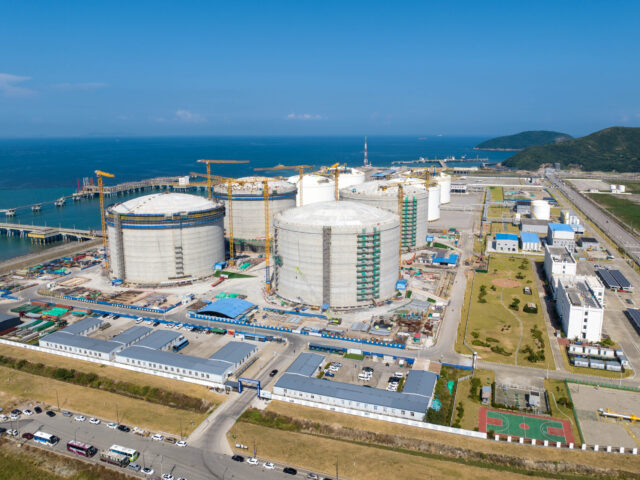Figure 5: Chinese LNG Demand
At present, about one-third of China’s LNG imports come from Qatar, another third from Australia, with Russia and Malaysia each accounting for around 10%, with the remaining 15% supplied by other exporters. LNG production in Qatar is expected to remain at current levels or increase in the foreseeable future. Russian LNG production will remain flat. Forecasts for Australia and Malaysia point to declining production and exports after 2030s due to rising domestic demand and depletion of gas resources. As a result, Beijing will need to seek new sources of gas to replace supplies from these countries. There are hopes for large new LNG projects in Mozambique and Tanzania, but they will not be sufficient to fully cover the emerging gap.
Beijing and Washington are interested in continuing trade but seek to minimize mutual dependence and avoid giving the other side potential levers of pressure. China has already used critical minerals as a strong lever in a recent trade dispute. Beijing also understands that if the Chinese economy becomes dependent on certain categories of imports from the United States, such vulnerabilities could be exploited.
Thus, China is unlikely to increase its purchases of US LNG imports. In 2021, the United States was among the largest LNG exporters to China however, they had fallen to 4th place by 2024 with a share of just 5% as cargoes were diverted to Europe following the Russian invasion of Ukraine. The last US LNG cargo bound for China left port in mid-November 2024, after which Beijing stopped buying LNG from the United States. Deliveries from Canada would provide a hedge against US supply.
The LNG Canada joint venture is comprised of Shell (40%), Petronas (25%), PetroChina (15%), Mitsubishi Corporation (15%), and Korea Gas Corporation (5%). Each participant provides their own natural gas supply and individually markets their respective share of the liquefied natural gas. PetroChina’s share of the expanded LNG Project would amount to an offtake approximating 0.5 Bcf/d, with cargoes from the other partners, most notably Shell, also available to China. Currently only Phase 1 has been constructed. The Phase 2 expansion would double the facility’s capacity to 28 million tons per annum. The fifth LNG Canada cargo in July 2025 was taken by PetroChina. Canada could supply a significant share of LNG to China, depending on the uncertainties in pipeline gas capacity and Chinese natural gas demand growth projections.
References:
Evans, Damon, “Australia’s LNG Star Starts to Fade as Growth Plateaus.”, September 25, 2025, Energy Intelligence, https://www.energyintel.com/00000199-7096-d6f4-a59b-71f7d76b0000
Reynolds, Sam. “Understanding the competitive landscape for China’s LNG market.”, Institute for Energy Economics and Financial Analysis, April 2025, https://ieefa.org/resources/understanding-competitive-landscape-chinas-lng-market
“Statistical Review of World Energy 2025”, Energy Institute, https://www.energyinst.org/statistical-review/home . Accessed 17 September, 2025
Ailin, Jia. Gang, Cheng. Weiyan, Chen. Yilong, LI. “Forecast of natural gas supply and demand in China under the background of “Dual Carbon Targets”.”, ScienceDirect, April 2023, https://www.sciencedirect.com/science/article/pii/S1876380423604045
“Customs statistics.”, General Administration of Customs People’s Republic of China, http://stats.customs.gov.cn/indexEn . Accessed 17 September, 2025
“Natural Gas Data”, JODI, June 2025, https://www.jodidata.org/gas/
Vakulenko, Sergey. “The Bargaining Triad: What Stands in the Way of Russia and China Reaching an Agreement on Power of Siberia-2.”, Carnegie Politika, September 2025, https://storage.googleapis.com/crng/russia-china-gas-deals.html


